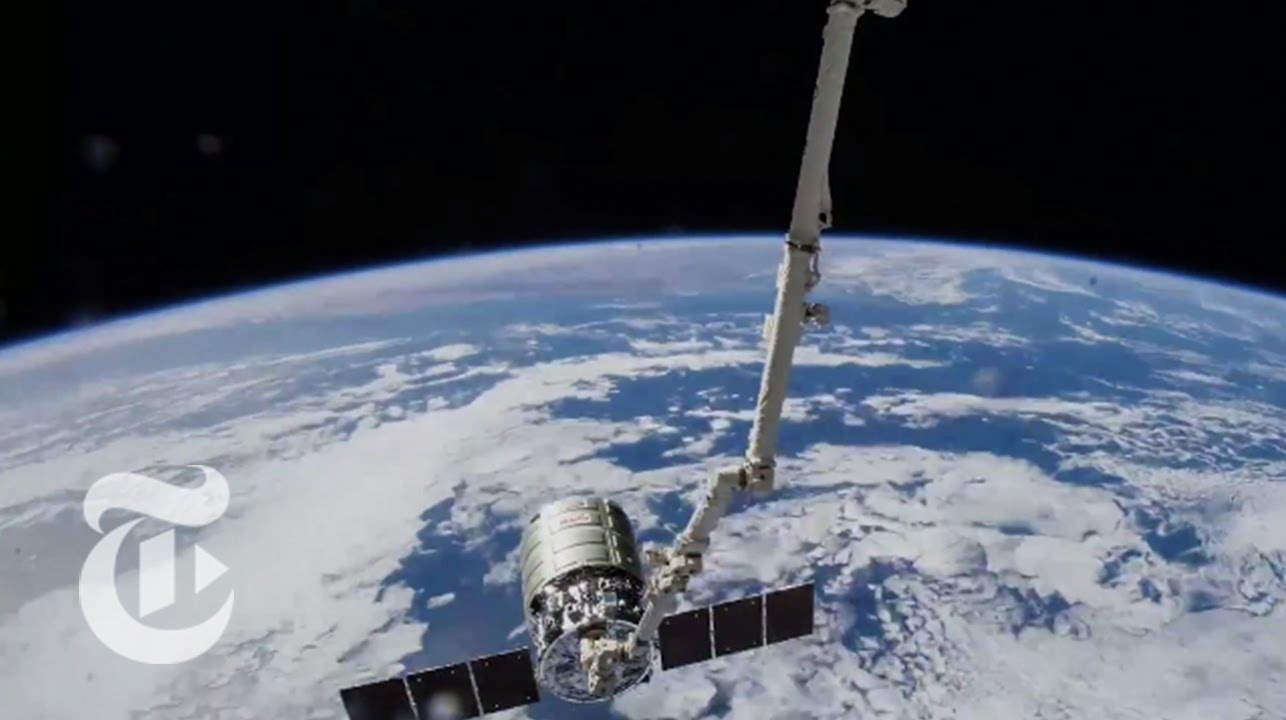

Spacecraft that need to move around the Earth at a modest rate are placed closer in, at 12,600 miles (20,200 km) above sea level. They stay in the same patch of the sky, more or less over the equator, so you can aim your satellite dish at them. This type of satellite will be dim and may be captured in your telescope, moving very slowly against the background stars.

To do this, they need to be placed at 22,236 miles (35,786 km) above sea level. Telecommunication and some surveillance satellites have geosynchronous orbits designed to keep the spacecraft in view from the same spot on Earth at all times.

If you see an object with flashing lights, it's an aircraft. Other than crewed vehicles, satellites do not have lights, and none would be bright enough to spot from Earth anyway. Most satellites exhibit a steady light, but objects that are tumbling can glow and darken as they move. The brightness of the satellite depends on its distance and how much sunlight it reflects, by surface area and/or reflectivity. For satellites that are in extremely distant orbits, the Earth's shadow covers only a small patch of the sky, so they can be spotted in the middle of the night, too. Low orbit satellites can only catch the sun's rays in the hours just after sunset and just before sunrise. Except for the time when they pass through the Earth's circular shadow, they are fully lit. Space tourism is a fraught subject for a lot of reasons, but for now at least we can enjoy this glorious view and reflect on what 2022 might hold for humanity.Orbiting satellites can be spotted because they are high enough overhead to be illuminated by sunlight, even when the sun is below the horizon for ground observers. Even now, Blue Origin is working on its own private space station, and Maezawa hopes to catch a trip around the moon on a future SpaceX flight. Maezawa's trip to space puts him at the leading edge of the space tourism trend that will only grow in 2022.

It's a sobering view of our little planet a reminder that the problems we argue about on Twitter and elsewhere are relatively meaningless in the grand scheme of the universe. The 24-second video shows the Earth spinning at a pace that is apt to cause vertigo, with the International Space Station's solar panels rotating in the foreground. 54L8lwdmLr- Yusaku Maezawa (MZ) December 12, 2021 This is exactly an entire orbit around Earth. Took a time lapse of Earth from the ISS window.


 0 kommentar(er)
0 kommentar(er)
